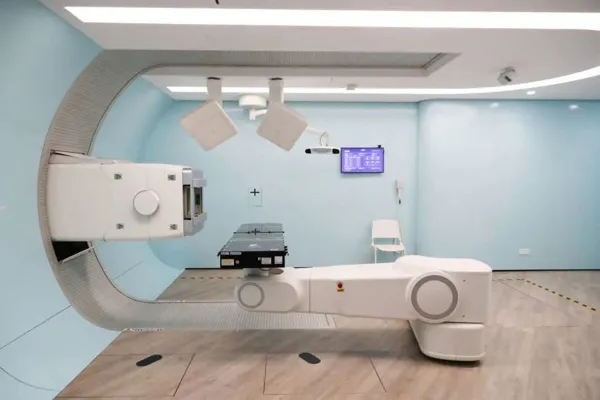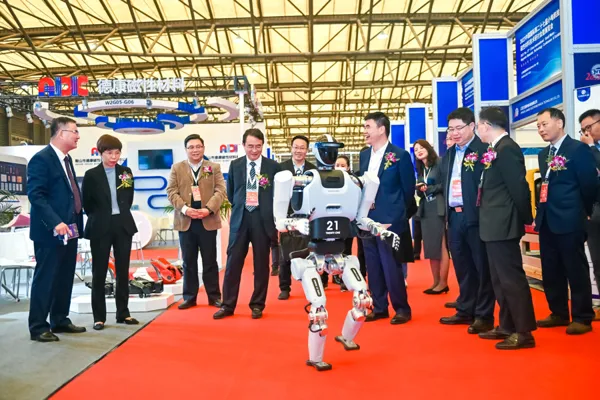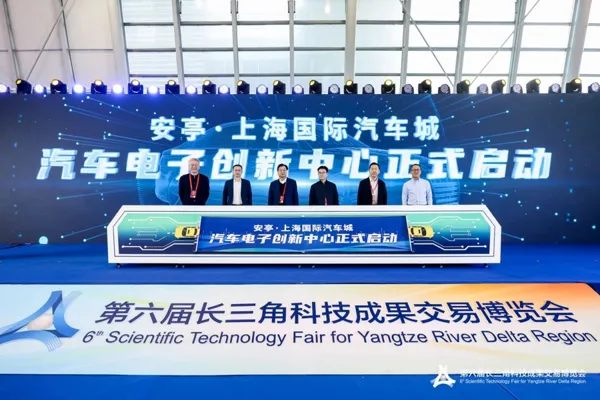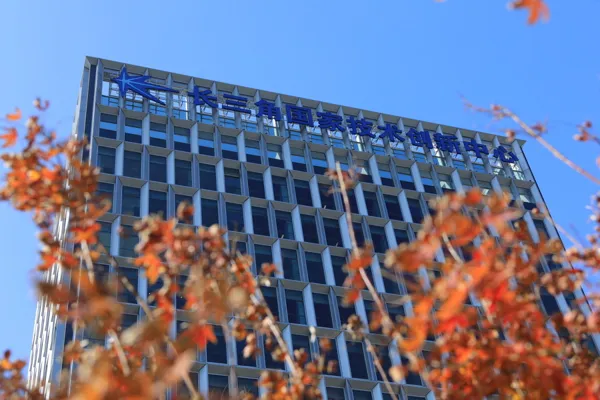New Academician’s “Sketch” | Peng Huisheng’s Dialectics
"One day I will climb Mount Everest. This may give me a different perspective on scientific research." Peng Huisheng, a 47-year-old professor in the Department of Polymer Science at Fudan University, likes to look at scientific research and research in a different way. Life.
A reporter from Jiefang Daily and Shangguan News had an exclusive interview with this new academician of the Chinese Academy of Sciences. They felt the difficulty of his journey and listened to his "dialectics."
When he was studying for a master's degree at Fudan University, his instructor asked him if he would like to do anionic polymerization experiments. "I never thought about how difficult it was, let alone not doing it." Peng Huisheng recalled that when he couldn't do it, he heard that no one else was willing to do it, but he turned around and entered the laboratory again. Sometimes the experiment couldn't be stopped, so he slept in the laboratory. Unexpectedly, the experiment was successful after half a year.
At that time, purchasing products obtained by anionic polymerization from abroad cost several thousand yuan per gram.
Peng Huisheng never imagined that she would experience Hurricane Katrina while studying for a PhD in New Orleans, USA. The school stopped issuing scholarships, and he and his classmates "escaped" everywhere. When passing a bridge, he experienced firsthand what "resonance" meant. People's hearts were in their throats on the bus, and scientific research and life were full of uncertainties. They didn't bring anything with them at first, but then they drove back to school to get winter clothes. At that time, the U.S. military had taken over the entire city with guns and ammunition. They were afraid of getting lost and running out of gas.
How can we do scientific research when it is so difficult? So he started applying to other universities in the United States. MIT and the University of Pennsylvania agreed to admit him, but it would take some time. Peng Huisheng, who did not want to waste time, temporarily went to the University of New Mexico. He did not regard himself as an outsider and actively participated in group discussions. The academic tutor there saw that he sincerely liked to do research and created conditions for him to conduct experiments. He was there Also completed most of the work on a thesis.
" Blaming others can't change anything. Difficulties are wealth, which makes me cherish time and opportunities. When you deserve help, even if there is no exchange of benefits, some people will be willing to help you." Peng Huisheng said.
In 2008, he returned to Fudan to teach. “The scientific research culture here is particularly good. It is a good place to do original research. As long as you do things seriously, the environment will give you positive feedback. I enjoy it very much.”
Peng Huisheng has faced doubts since he proposed the idea of making fiber lithium-ion batteries when he returned to China. At that time, there were many scientists developing thin-film lithium-ion batteries, but they could not find any literature on fiber lithium-ion batteries.
"I'm grateful from the bottom of my heart for the doubts and criticisms that pushed me to think fundamentally. In the past, computers needed a room to house them. Now we carry laptops with us everywhere. So when someone says that what we make is of no use, I He does not refute, but regards it as motivation and must do it." Peng Huisheng said that he is accustomed to thinking positively about "negative" voices and regards every criticism as an important opportunity.
Because of this, in the eyes of some scientific researchers, project "application" and "defense", which are relatively energy-consuming, in his view, are also inspiring for scientific research and are a kind of communication rather than "finding faults."
With such a peaceful mind, Peng Huisheng's research team took the lead in developing fiber lithium-ion batteries internationally in 2013. But at that time, many scientists believed that the internal resistance of fiber batteries increased significantly with the increase in length, making it impossible to achieve high-performance batteries, let alone large-scale applications.
A piece of printed and dyed blue cloth that looks very ordinary. Put your phone on it and it will start charging automatically. Provided by interviewee

Peng Huisheng still did not refute. After eight years of exploration, they overturned traditional knowledge and found that the internal resistance of fiber lithium-ion batteries did not increase with the increase in length. Instead, it first decreased and then gradually stabilized.
Under the guidance of this innovative theory, the energy density of the fiber lithium-ion battery they constructed has increased by nearly 2 orders of magnitude compared with the past. Even if it is bent 100,000 times, its capacity retention rate still exceeds 80%. They also established the world's first fiber lithium-ion battery production line.
On this basis, Peng Huisheng was unconventional and took the lead in the world to realize a new type of fabric display device that can be "worn" on the body.
[There is no boundary between science and oneself]
Peng Huisheng's office hangs a painting given by a friend, which says "The sky is high and birds can fly." He likes the artistic conception of this painting - doing research freely and without boundaries.
He likes to do interesting research and do things that others have not done before. "What you see are all the research directions that I have succeeded in, and there are many that have failed and failed to succeed."
When asked about his most proud research, Peng Huisheng admitted that he had not done it yet, but he had an ambition and hoped to do original work like the Turing machine in his lifetime. "I plan to do scientific research until I am 90 years old! From now on, I will spend another 30 years." I should have something to look forward to next year! This is not just work, it’s also my life.”
For this reason, he has always insisted on playing badminton because it can switch his state.
He also likes to read in the office because this is the most borderless thing. From "The Wealth of Nations" to "Feynman's Lectures on Physics" to "The Book of Songs", he not only reads it himself, but also recommends students to read it. "Otherwise, if you encounter specific problems, you will fall back on your own logic."
When he first returned to Fudan, Peng Huisheng, a young teacher, encountered difficulties in recruiting students. He broke the routine and took the initiative to call students to "sell" himself. There was no scientific research funding at the beginning, and even though his income was not high, he still used his own money to provide subsidies to graduate students.
In his view, no matter what the external environment is, diligence must be one of the most important factors to make a difference. "We often work up to 90 hours a week. I learned this from a senior."
But he also found that many students today don't enjoy science. He mentioned a phenomenon. When giving a science report in kindergarten, children would flock to him like a tide, asking questions about this and that. A 6-year-old child even told him that he wanted to be a chemist when he grew up; but in high school, Some students fell asleep before the report started. "They were so tired that they finally had a chance to sleep."
This deeply touched him, "I have undergraduate classes today, and I am particularly looking forward to rekindling their curiosity about science."
Born in 1976 in Shaoyang, Hunan Province, he is a professor and director of the Department of Polymer Science at Fudan University. He is a winner of the National Science Fund for Outstanding Youth and a young and middle-aged expert with outstanding national contributions. He has won the China Youth Science and Technology Award, the Second Prize of the National Natural Science Award and other honors. . He led the team to delve deeply into the field of polymer fiber devices and took the lead in creating fabric display devices, making fabric display devices as thin and breathable as clothes, and can be attached to irregular substrates. The flexible display fabric and its intelligent integrated system realized by his team were selected into the basic research category of the "Top Ten Progress in China's Optics in 2021"; the large-scale preparation of high-performance fiber lithium-ion batteries was selected into the "Top Ten Progress in China's Science in 2021". On November 22, 2023, a new member was elected as an academician of the Chinese Academy of Sciences.





